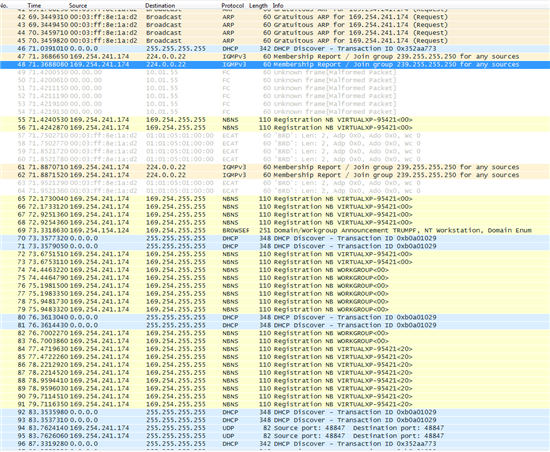In our new project we are using the AM3359 within a phyCORE module and having a hard time getting EtherCAT running on our own hardware.
I already successfully ported the EtherCAT Stack drivers to work with the phyCORE modlue on a Phytec CarrierBoard, which is using Micrel KSZ805 PHYs. On our own hardware we unfortunately had to use the Renesas UPD60621 PHYs, that, according to the ESC manual (for IP Cores), should also be compatible for EtherCAT communication.
Communication with the PHYs over MDIO from Stack side works fine and i can see, that the PHY is successfully detecting links and seems to be setup properly (100Mb FD, Autonego. etc).
But EtherCAT communication is not possible... When checking the ESC registers (MII Control Reg) within the PRUs, i can see that the ESC lost link counter for Port0 (Reg 0x310) is working properly (tested by connection and removing cable). What seems to be strange is, when connecting the cable to port 1, the link lost counter keeps counting up.
The RX Port0 frame counter (register 0xE00) is counting up when a cable is connected, the one for port 1 isn't detecting any frames. Register 0x300 shows that no invalid frames have been counted for port 0, register 0x301 shows that the rx counter for port 0 is detecting frames. The same registers for port 1 are showing only invalid frames...
For me it seems, that something with the mii interface is messed up, any ideas for that problem or has anyone already sucessfully tested the UPD60621 PHYs with the Sitara?
(The Pinout for MII Interface is exactly the same as on the Phytec carrier board, except that we didn't connect the COL Signals. Changing the Pinmux for the COL Signals on the working carrier board to normal GPIOs had no negativ effect, so i suggest that this is not the problem (could it still be an issue??)).






